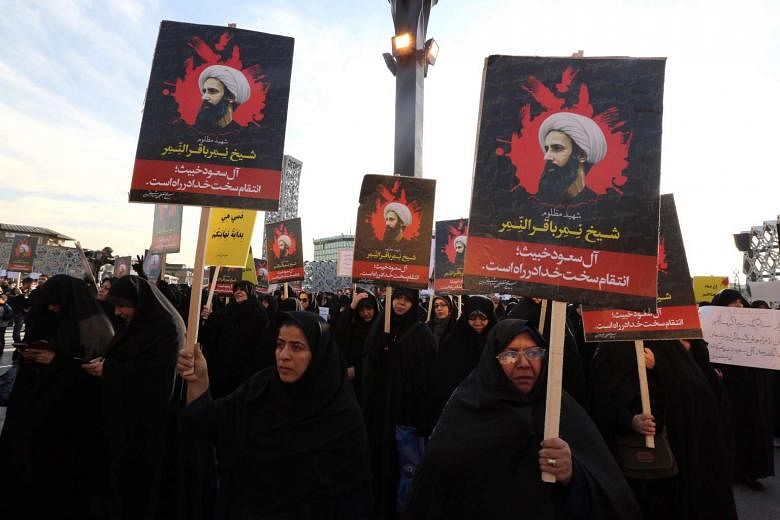WHAT CAUSED THE SPLIT?
A schism emerged after the death of Prophet Muhammad in 632. He died without appointing a successor to lead the Muslim community, and disputes arose over who should shepherd the new and rapidly growing faith.
Some believed that a new leader should be chosen by consensus; others thought that only the Prophet's descendants could become caliph.
The title passed to a trusted aide, Abu Bakar, though some thought it should have gone to Ali, the Prophet's cousin and son-in-law.
Ali eventually did become caliph after Abu Bakar's two successors were assassinated.
After Ali was also assassinated in Kufa, in what is now Iraq, his sons Hasan and then Hussein claimed the title.
But Hussein and many of his relatives were massacred in Karbala, Iraq, in 680. His martyrdom became a central tenet to those who believed that Ali should have succeeded the Prophet. The followers became known as Shi'ites, a contraction of the phrase Shiat Ali, or followers of Ali.
Sunni rulers later embarked on conquests that extended the caliphate into North Africa and Europe. The last caliphate ended with the fall of the Ottoman Empire after World War I.
HOW DO THEIR BELIEFS DIFFER?
The Sunni and Shi'ite sects of Islam encompass a wide spectrum of doctrine, opinion and schools of thought.
The branches are in agreement on many aspects of Islam, but there are considerable disagreements within each. Both branches include worshippers who run the gamut from secular to fundamentalist.
Shi'ites consider Ali and the leaders who came after him as imams. Most believe in a line of 12 imams.
WHERE IS EACH CONCENTRATED?
More than 85 per cent of the world's 1.5 billion Muslims are Sunni.
They live across the Arab world, as well as in countries like Turkey, Pakistan, India, Bangladesh, Malaysia and Indonesia. Iran, Iraq and Bahrain are largely Shi'ite.
The Saudi royal family, which practises an austere and conservative strand of Sunni Islam known as Wahhabism, controls Islam's holiest shrines in Mecca and Medina.
Karbala, Kufa and Najaf in Iraq contain revered shrines for the Shi'ites.
Saudi Arabia and Iran, the dominant Sunni and Shi'ite powers in the Middle East, often take opposing sides in regional conflicts.
NEW YORK TIMES

